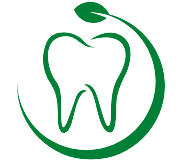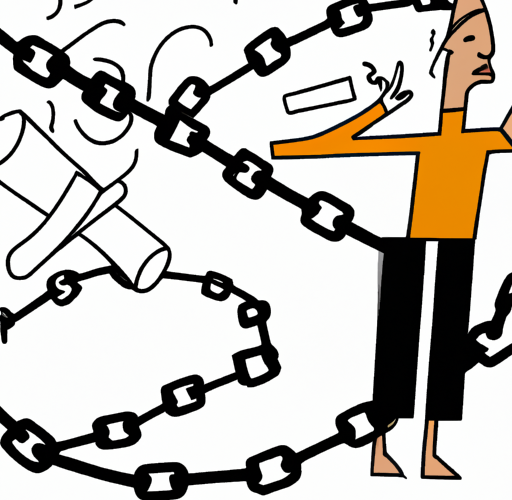Braces are a common orthodontic treatment used to straighten teeth and correct bite issues. In this comprehensive guide, we will explore the different types of braces available, the diagnosis and treatment process, as well as the symptoms and causes that indicate a need for braces. Whether you are considering braces for yourself or a loved one, understanding the options and reasons for treatment is essential. Join us as we delve into the world of braces and learn how they can improve your smile and overall oral health.
1. "Understanding Braces: A Comprehensive Guide to Diagnosis and Treatment"
Braces are orthodontic devices used to correct misaligned teeth and jaws. They work by applying pressure to the teeth over time, gradually moving them into the proper position. Braces can be used to treat a variety of orthodontic issues, including overcrowding, gaps between teeth, overbites, underbites, and crossbites.
Diagnosis of the need for braces typically starts with a visit to an orthodontist, who will perform a thorough examination of the teeth and jaws. This may include taking x-rays, photographs, and impressions of the teeth. The orthodontist will then develop a treatment plan tailored to the specific needs of the patient.
There are several different types of braces available, including traditional metal braces, ceramic braces, lingual braces, and clear aligners. Traditional metal braces are the most common type and are made of stainless steel brackets and wires. Ceramic braces are similar to metal braces but are made of tooth-colored ceramic material, making them less noticeable. Lingual braces are placed on the back of the teeth, making them virtually invisible from the front. Clear aligners, such as Invisalign, are removable plastic trays that are custom-made to gradually move the teeth into alignment.
Symptoms that may indicate the need for braces include crooked or crowded teeth, difficulty chewing or speaking, protruding teeth, and jaw pain. Causes of orthodontic issues can vary and may include genetics, thumb sucking, early loss of baby teeth, and accidents or injuries.
Overall, braces are an effective and common treatment option for correcting misaligned teeth and jaws. By understanding the different types of braces available and their diagnosis and treatment process, patients can make informed decisions about their orthodontic care.
2. "Types of Braces: A Breakdown of Options for Straightening Teeth"
When it comes to straightening teeth, there are several options available in the form of braces. Each type of braces has its own set of advantages and disadvantages, and the best option for you will depend on your individual needs and preferences. Here is a breakdown of the different types of braces commonly used for straightening teeth:
1. Traditional metal braces: These are the most common type of braces and are made of high-grade stainless steel. They consist of metal brackets that are attached to each tooth and connected by wires. While they are very effective at straightening teeth, some people may find them unsightly due to their noticeable appearance.
2. Ceramic braces: Ceramic braces are similar to traditional metal braces, but the brackets are made of clear or tooth-colored ceramic material that blends in with the teeth. This makes them less noticeable than metal braces, making them a popular choice for adults and teenagers who are concerned about their appearance.
3. Lingual braces: Lingual braces are attached to the back of the teeth, making them completely hidden from view. They are custom-made for each patient and can be more uncomfortable than traditional braces due to their placement on the tongue side of the teeth.
4. Invisalign: Invisalign is a popular alternative to traditional braces that uses a series of clear aligners to gradually move teeth into the desired position. These aligners are removable, making them more convenient for eating and brushing teeth. Invisalign is a great option for those who want a more discreet treatment option.
5. Self-ligating braces: Self-ligating braces are similar to traditional braces but do not require elastic bands to hold the wires in place. This can result in less friction and discomfort during treatment.
Ultimately, the best type of braces for you will depend on your specific needs and preferences. It is important to consult with an orthodontist to determine the most appropriate treatment option for achieving a straighter smile.
3. "Symptoms and Causes of Needing Braces: What to Look Out For"
Symptoms and Causes of Needing Braces: What to Look Out For
There are several symptoms and causes that may indicate the need for braces. One common symptom is crooked or misaligned teeth, which can affect the appearance of your smile and also make it difficult to properly clean your teeth. Another symptom is overcrowding, where there is not enough space in the mouth for all the teeth to fit properly. This can lead to teeth shifting out of place or becoming impacted.
Other symptoms that may indicate the need for braces include an overbite or underbite, where the upper or lower teeth protrude further than they should, causing an uneven bite. This can lead to problems with chewing, speaking, and even breathing. Jaw pain or clicking in the jaw joint may also be a sign that braces are needed to correct the alignment of the teeth and jaw.
The causes of needing braces can vary, but genetics often play a role. If your parents or siblings have needed braces, there is a higher likelihood that you may also require them. Poor dental habits, such as not brushing and flossing regularly, can also contribute to the need for braces by allowing plaque and bacteria to build up and cause tooth decay and gum disease.
Injuries or accidents that affect the teeth or jaw can also lead to the need for braces, as can habits like thumb sucking or using a pacifier past infancy. Early loss of baby teeth or late eruption of adult teeth can also impact the alignment of the teeth and necessitate orthodontic treatment.
It is important to pay attention to these symptoms and causes and seek out a consultation with an orthodontist if you suspect that you or your child may need braces. Early intervention can help prevent future dental problems and ensure a healthy, straight smile for years to come.

